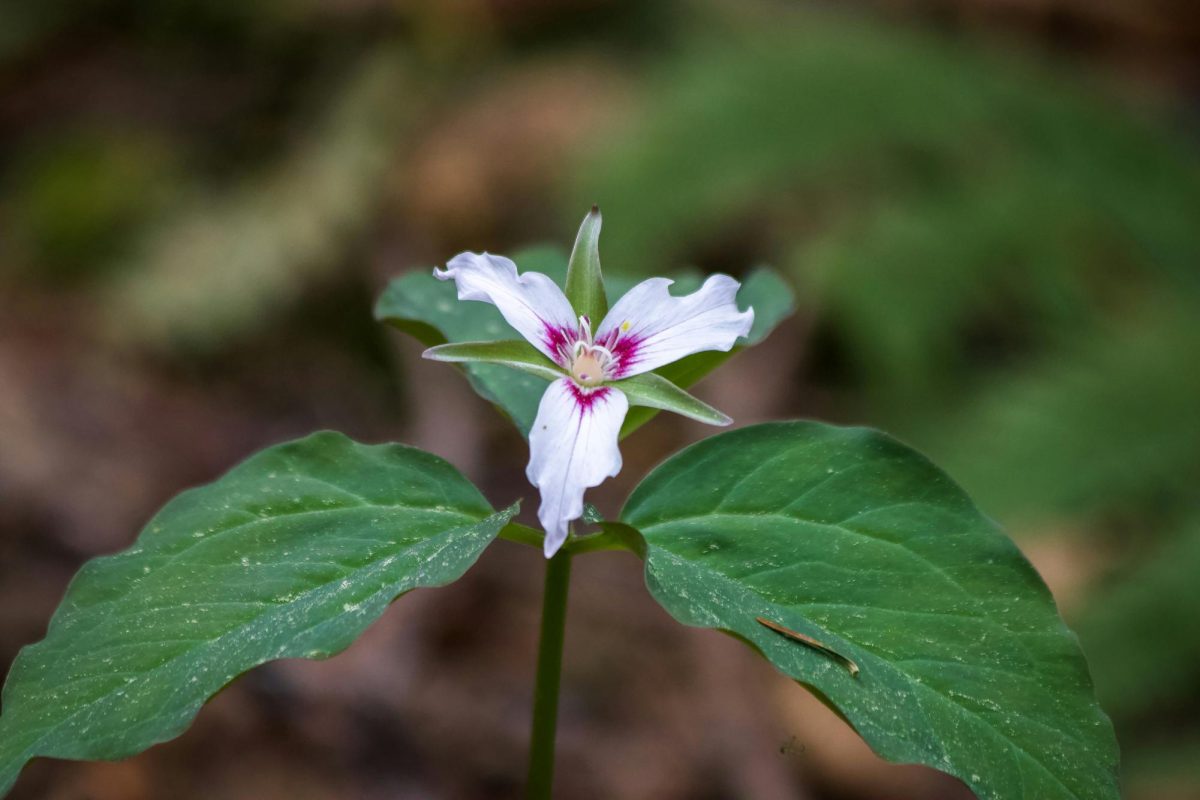Ohio is home to a diverse range of natural areas and habitats, providing a haven for numerous plant and animal species. Sadly, human development and changes in land use have fragmented many of these landscapes, diminishing their ability to support biodiversity. The loss of biodiversity is one of the top threats to people and nature. Currently, Ohio is home to 131 endangered wildlife species and 271 endangered plant species. All of these species need our help. The Nature Conservancy (TNC) is working hard to protect all creatures with the help of natural preserves. To raise awareness about this issue, I highlighted four engaged animals and one plant species.
Allegheny Woodrat:
The Allegheny woodrat is a species of “pack rat” in the genus Neotoma and is nocturnal. It is a small brownish-gray rat that lives around mountain ridges and cliffs in rocky areas. The only remaining populations in Ohio are in Adams County at the edge of the Appalachia preserve system and adjoining properties. It has been suggested that an estimated 50 Allegheny woodrats are in the state. The woodrat has been listed as endangered since 1974 and has declined rapidly in recent years. It is unclear what is causing this decline, but it is speculated that raccoon roundworm is the cause since these rats pick it up when scavenging for seeds in raccoon scat. Other factors include loss of food sources to pests and disease.
Research on this rat has been ongoing since the 1970s, which has helped identify locations where they reside and document locations that may not support the mammal. Current research continues to build on where the woodrats population exists, what threats affect them, and learning about their genetic diversity. The TNC staff are assisting researchers in helping the woodrat populations through the Edge of Appalachia Preserve and nearby land. They are working on introducing a new population of woodrats to help diversify the genetic pool.
Green Salamander:
Green Salamanders are about 3-5 inches in length and have green and black mottling on their skin, which helps them with camouflage. These salamanders are more habitat-specific than others in Ohio, which is why protecting them is so important. This species is limited to only a few counties in southeastern Ohio near the Ohio River. Threats to the salamanders include habitat destruction due to aggressive logging around rocky outcrops and the development of these lands.
There is hope for these little guys, though. In early 2022, the TNC added over 200 acres to the Edge of Appalachia Preserve System. By growing the total acreage of protected land and reconnecting fragmented habitats, the green salamanders can once again thrive.
Indiana Bat:
In the winter, Indiana bats migrate to caves to hibernate. During the summer months, they migrate out to wooded areas. These Bats have been endangered since 1967. Threats to the species include human disturbance to caves and habitat loss of summer roosting areas. Pesticide use has also reduced the number of insects available for food for these creatures, which makes it more difficult for the species to survive.
The TNC has been mapping areas in Ohio to better locate habitats conducive to the bats. The hope for Indiana bats has been growing because, as of recently, they have found evidence of them in another woodland bat species at the Edge of Appalachia Preserve.
Timber Rattlesnake:
The timber rattlesnake can grow up to 3-4 feet long and is one of three venomous snakes in Ohio! They have light and dark brown bands running along their bodies and a rattle at the very end of their tails. Their heads are triangular, and their eyes have a vertical pupil. These characteristics help identify that this snake is venomous. Once found in 25 counties, timber rattlesnakes are now known to occur in only a few pockets of 8 counties in the state of Ohio. Even though this species is commonly hunted by humans, habitat loss and fragmentation are the leading causes of its decline.
The TNC has conducted research using hidden cameras in snake dens, and they learned that southern Ohio’s protected lands support a greater number of timber rattlesnakes than originally thought! As research continues, the TNC staff hopes to better understand these snakes and put more effort into protecting them.
Painted Trillium:
The name trillium comes from the plant’s three leaves and petals. At the center of its bloom is a splash of pink almost resembling paint splatter. This flower needs cool, moist, acidic soils in forested areas to thrive. They are considered an endangered species due to habitat loss caused by excessive logging and other artificial disturbances.
Today, the preserve has the largest population of painted trillium in the state! At more than 2,000 acres at the Morgan Swamp Preserve in Ashtabula County, it is one of the largest privately protected forested wetlands in Ohio. This makes it perfect for painted trillium to grow.
Protecting endangered species is vital for preserving healthy ecosystems, maintaining biodiversity, and safeguarding natural resources. By doing so, we ensure a better future for both humans and wildlife. In Ohio, the most impactful way to make a difference is to support conservation efforts and visit and contribute to natural preserves that protect these remarkable species!
Source Used: https://www.nature.org/en-us/about-us/where-we-work/united-states/ohio/stories-in-ohio/ohio-endangered-species/








